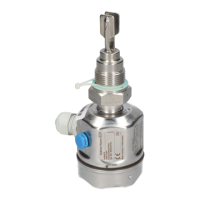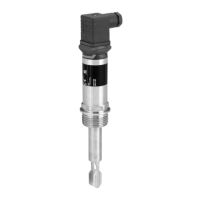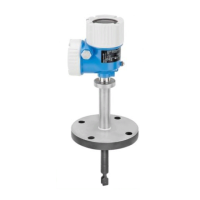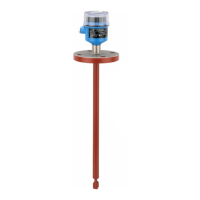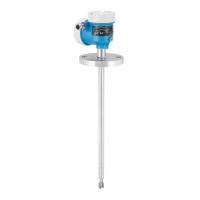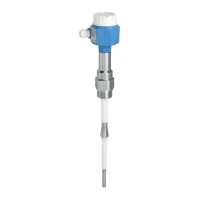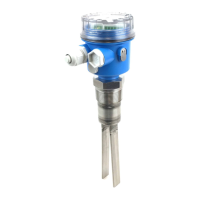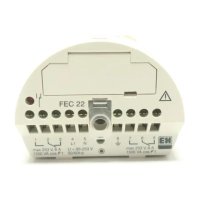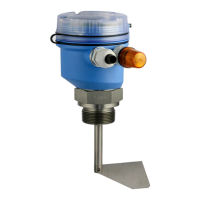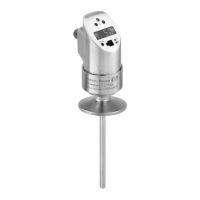Operating Instructions Liquiphant M FTL50 / FTL51
28 Endress+Hauser
7Troubleshooting
Troubleshooting
Supplement
If the switching behavior of the fork is abnormal, the fork frequency can be measured at PIN 4 of
the diagnosis socket. With electronic inserts FEL 51/52/54/55/56/57/58, this is a sinusoidal
vibration whose amplitude makes it possible to determine the condition of the fork.
Fault Reason Remedy
Does not switch No power Check power
Faulty signal line Check signal line
Faulty electronic insert
– FEL51 connected directly to L1 and N
Exchange
– always connect FEL51 via external load
Density of liquid too low Set density to >0.5 at electronic insert
Fork encrusted Clean fork
Fork corroded
(Indication on FEL: red/yellow flashes,
FEL58: green flashes (0.3 Hz)
Exchange fork and process connection
FEL51: Internal resistance of connected
relay too large
Connect suitable relay
FEL51: Holding current of connected
relay too low
Connected resistor in parallel with relay
FEL54: Contacts welded together (after
short-circuit)
Exchange FEL54; put fuse in contact circuit
Switches incorrectly Min-/Max- fail-safe mode set wrong Set correct mode at electronic insert
Sporadic faulty
switching
Thick heavy foam, very turbulent
conditions, foaming liquid
Mount Liquiphant in bypass
Extreme RFI Use shielded cable
Extreme vibration Decouple, damp, turn fork 90°
Water in housing Screw cover and cable gland tight
FEL52: Output overloaded Reduce load, (cable) capacitance
Switches incorrectly
after power failure
FEL57: behavior during switch-on test
(functional test)
Observe switching behavior of FEL57; after
power failure block plant control for up to 45 s
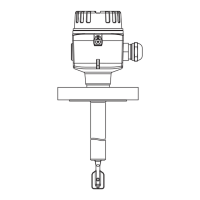
